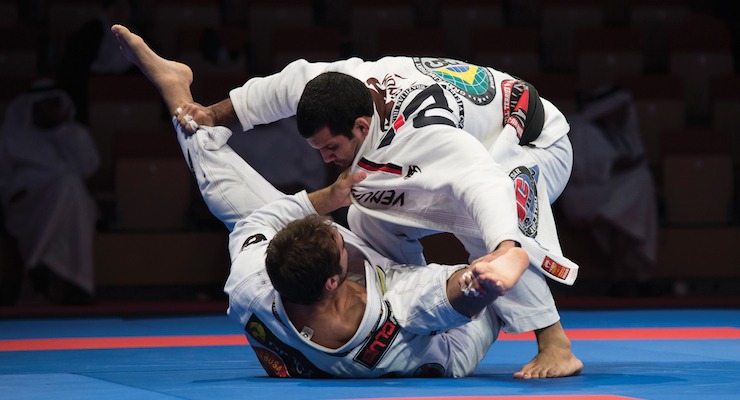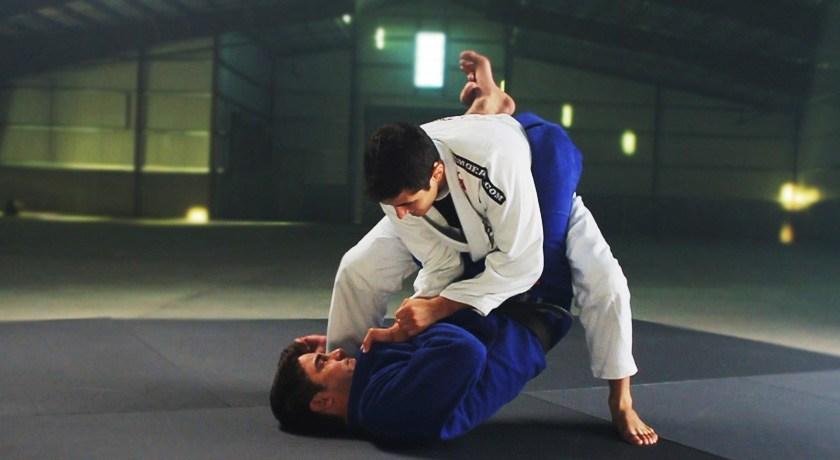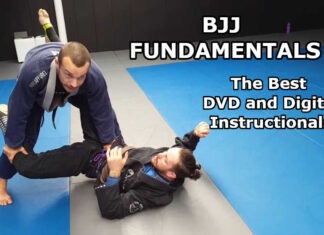
Okay, let’s try something different. IN the past couple of years, and particularly the last 6 months, something seems to have clicked in my understanding of BJJ concepts. I’m talking general ones that work universally. How do I know they work? They’ve been paying off in rolls with people of all shapes and sizes at a period when I’\m nursing several long-term injuries, a couple of which serious, So I figured I’m doing something right and attempted to let a few people know what I’m actually doing. Given that it works for them, including in competition I decide to share a few of the ultimate Jiu-Jitsu hacks that are helping have a great time on the mats.
For now, I’m still in the early phases of experimenting with this stuff. However, I’m confident enough it works, as I said. The general idea is that in certain situations in BJJ, we tend to take things for granted. In that sense, the first, most core concept would be to do the opposite – not take anything for granted. As long as you take everything I’m saying with a grain of salt, and simply think about it, you might end up having success with this Ultimate Jiu-Jitsu hacks stuff. I guess more experienced grapplers know most of this, but for me, it is a foundation of a very sustainable Jiu-Jitsu game.
-
Passing The Guard

My two cents on the subject involve a three-step process. First, ensure I don’t allow the person on the bottom to actually attack from the guard. I’ll take open guards in general as an example. Think about any open guard out there and you’ll realize that one leg acts as n attachment hook to you, and the other is free. It is this free leg that’s causing 99% of trouble in guards. Nullify that, get rid fo grips (not always a requirement) and you’ve done step number 1 – neutralized the dangers of the guard.
Part two, though, is what is really crucial. This is where you have to deconstruct the guard. If you are successful you can go to step three and actually pass. If not, you’ll go back and will need to repeat step one. Deconstructing a guard means dealing with that pesky attachment hook and any remaining grips. The final step is the easiest as now there’s no more guard, and you just pass the legs. That right there is an Ultimate Jiu-Jitsu notion that took me 8 years to realize – we pass the legs, not the guard.
-
Submission Hunting
As a submission hunter (self-proclaimed, of course), there’s nothing in my arsenal I favor above submission attacks. The goal in grappling for me is not just getting a submission, but getting it as close to perfection as possible. A fleeting goal, I know, but that’s what makes things interesting. Which brings me my next Ultimate Jiu-JItsu hack – letting go. Yeah, you read that right.
Letting go is the most important thing you can do when looking to finish any submission. As moves, submissions are very tricky, regardless of how high percentage they might be. Some people have crazy neck strength, others have ultra-flexible ankles, and sometimes, well, you’re just off for that crucial tenth of an inch. Whatever the case, holding on and trying to muscle your way through for submission is never a good idea. Letting go of it is the ultimate hack I can offer.

Oh, and never decide you’ll do a specific submission on a specific person. That’s the best way to end up disappointed with your submission skills. Remember the loop.
-
Choke Philosophy
ON the subject of submission hunting, one of my early favorites were chokes to this day, even though I’ve developed a hunger for lower limb submissions, chokes still remain my go-to. They’re just beautiful (I am aware of how I come off with this statement). Speaking of chokes, have you ever had one that doesn’t work>? Worry not, there are Ultimate Jiu-JItsu hacks for that too.
First up, you think about changing your perception of how chokes work. Rather than seeing any choke as a one-off submission move, see them as a position. You wouldn’t be in a hurry to just get in and out of mount straight away, right? Well, chokes give you control of the head and shoulders anyway, so why not get them and relax there? You might not get any points, but you’re going for something better anyway.
Looking at chokes as positions rather than submissions ties in with both submission hunting principles from before, and this next one – connection. If you go for a guillotine choke and do it 90’s UFC style, you’ll most likely burn out your hands, or the opponent will pop the head out. The focus should be plain and simple: connection. Now, connection is a concept people explain differently. The most simple way is to think about eliminating al space. That means getting whatever parts of your body are choking, as close to the neck without any space remaining. And I really mean ANY space. This will both allow you to stain in the position for a choke as much as you want, and finish without burning out.
IN fact, the one ultimate JIu-Jitsu top I can give you about chokes goes contrary to everything we know – do not squeeze. Squeezing is both tiring, and due to muscle contraction actually creates small pockets of space. Instead, think about hugging. You’re relaxed when you hug, right? The same applies to chokes. ON top of it all, never think a choke will work the second you get it. If someone taps to a choke before 10-15 seconds elapse, it means you’re squeezing. The goal is to hug and keep hugging for about 20 seconds, Then, you can think about adjusting and repeating the process. Chokes are slow submissions and the sooner you approach them as such, the better they’ll work for you.
-
The Art Of Escaping
This is a pretty new one for me and is probably the most experimental yet. Still, just like the previous ultimate JIu-Jitsu hacks, it seems to be working for me. The one thing that was always a problem for me was getting in a bad spot. In fact, it wasn’t being there, but my reaction to begin there. And that reaction is common to us all – panic. Well, escapes don’t work when you’re panicking, no matter how technical you try to be. Surprise, surprise.
The approach here is to think about actually being effective. The fact of the matter is you’re in a bad spot. You might as well do something meaningful. In that sense, I see two main options that make sense – escape in a weird way, or go for a counter. Counterattacks from bad positions, lie doing an Ezekiel from bottom mount or a squirrel lock form bottom side control ara amazing ways of actually escaping. If you do it all right, you’ll get a tap in the process as well. The best part is, you waste no energy and it is a certain way out.
The somewhat weird way of escaping is actually a bit more technical but still based on one common concept – do nothing. Yup, there’s no point in actively trying to escape against someone that knows what they’re doing. There are countless “play dead” scenarios in which your structure will make you safe from anything they’re trying to do. On top of that, they’ll actually gift you a way out by trying to attack you while you’re in a position of safety. This one takes more work than any other concept, but is well worth it.
-
Ultimate JIu-Jitsu Closed Guard Hacks

How? Well, you do two steps in a loop over and over again. Let’s the opponent has ultra-tough grips on you. First up is movement – become a ball. All you need to break someone’s posture in the guard is to get your knees to your chest. The second step is angle – side to side movement to get a better angle. In just two steps, you broke an opponent’s posture down without grip fighting and you have a great attacking angle. Guillotine chokes, armdrag to the back, a Kimura or a sweep are all looming there. And if nothing is there yet, just repeat it all, first do a movement, then look f r a better angle. A foolproof formula!
-
Understanding Pressure
Finally a few words on what has been the toughest aspect of Jiu-Jitsu for me to understand – pressure. It is not that pressure is inherently hard to understand in its nature. It is just hard for people to teach it since it involves a lot of feel to it. And that comes with time, and there’s no way around it.
That said a simple little Ultimate Jiu-Jitsu formula helped me really understand pressure form any possible position. In fact, it helped not only improve it but defend against it successfully. First up is angle. Unless you have a correct angle, nobody will feel the pressure. that said, after finding the angle you need to make sure you actually project pressure by choosing a direction of weight distribution. Finally, you need timing, in order for the above two aspects to work. UNless you time ti right, you might have a perfect angle and direction but no pressure since there’s too much space between you and the opponent.
Final Thoughts
Thre’s nothing set in stone in Brazilian JIu-JItsu. Things are simple if you keep an open mind and never believe anything you see for granted. IF that was the case, we’d have no open guards, leg locks, lapel craziness, and the likes today. BJJ is evolving at a rate too fast for anyone to keep up. Using universal principles and concepts, in the form of the ultimate JIu-JItsu hacks is a great way to understand what’s going on in any grappling exchange. Two more bonus concepts to wrap it all up – remember that structure is everything in BJJ and that lazy BJJ is the best way of achieving actual results.









































